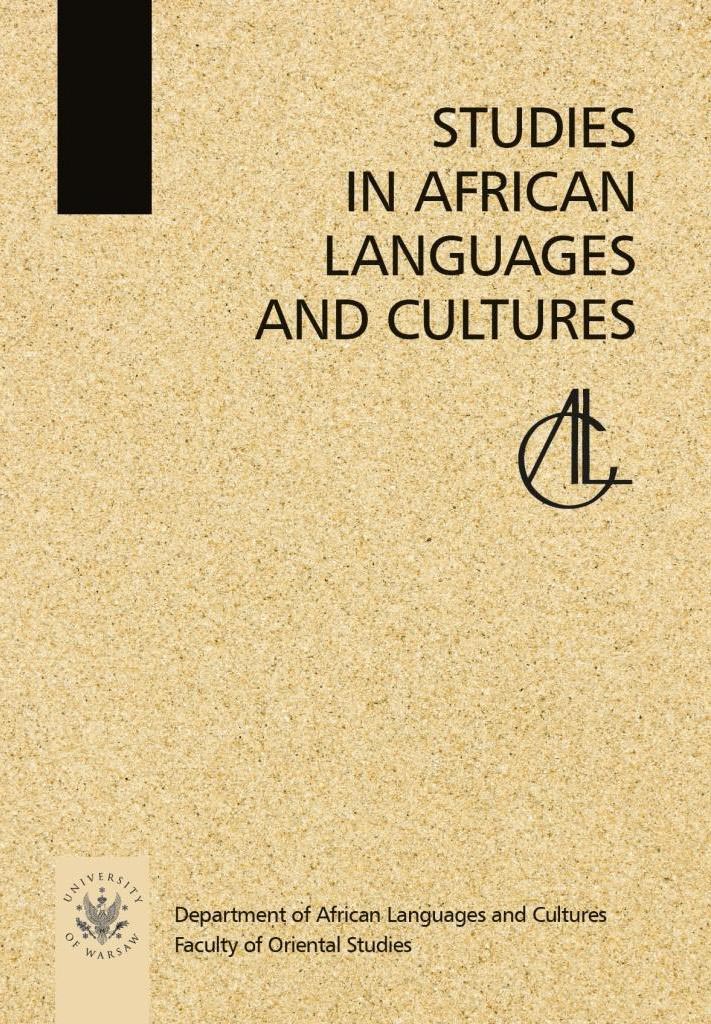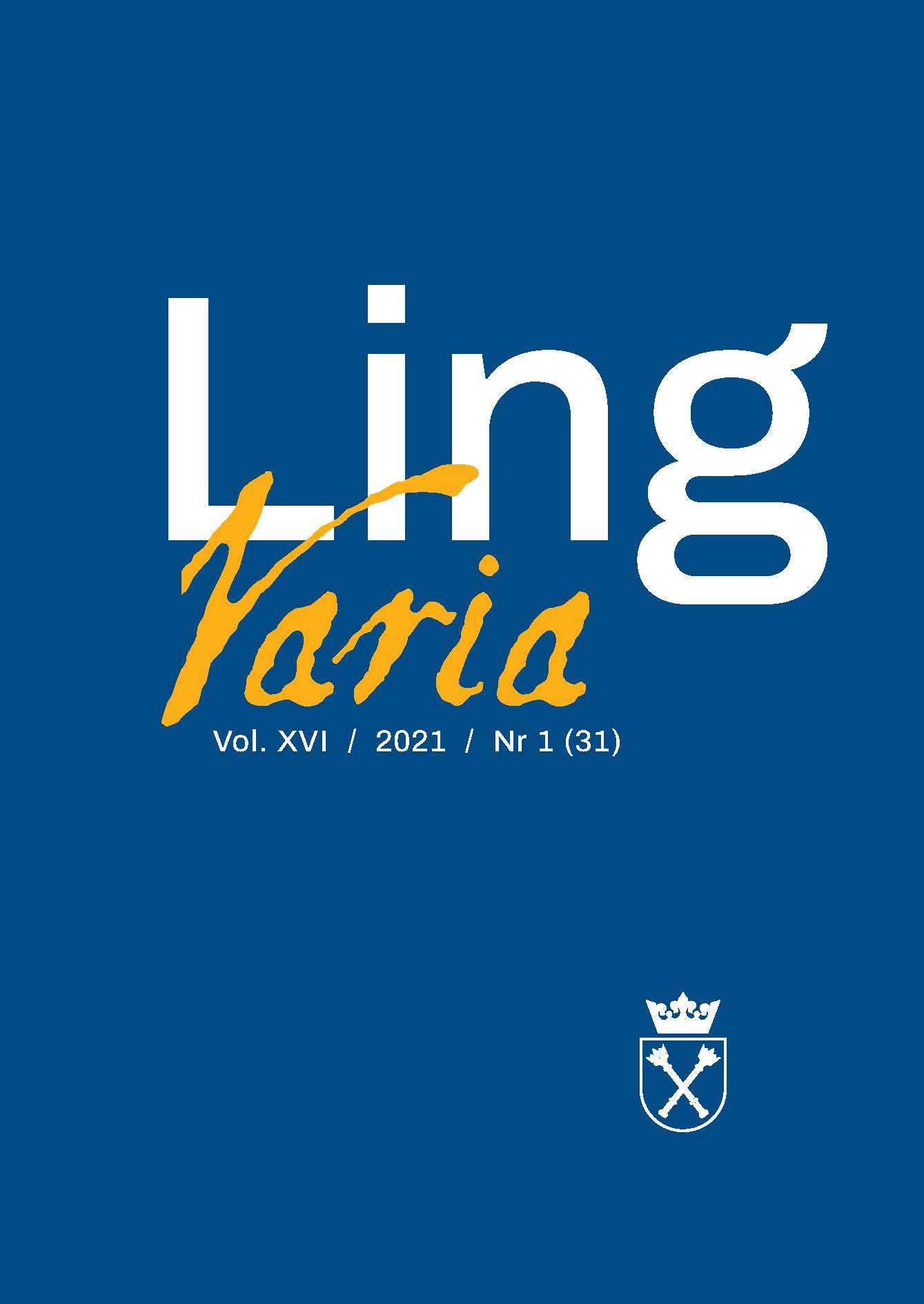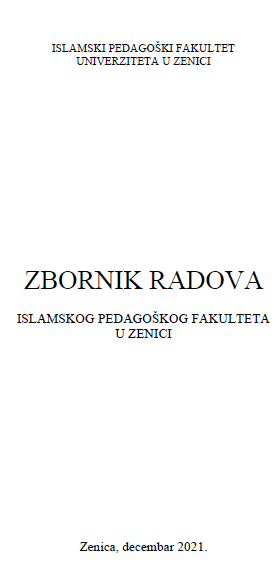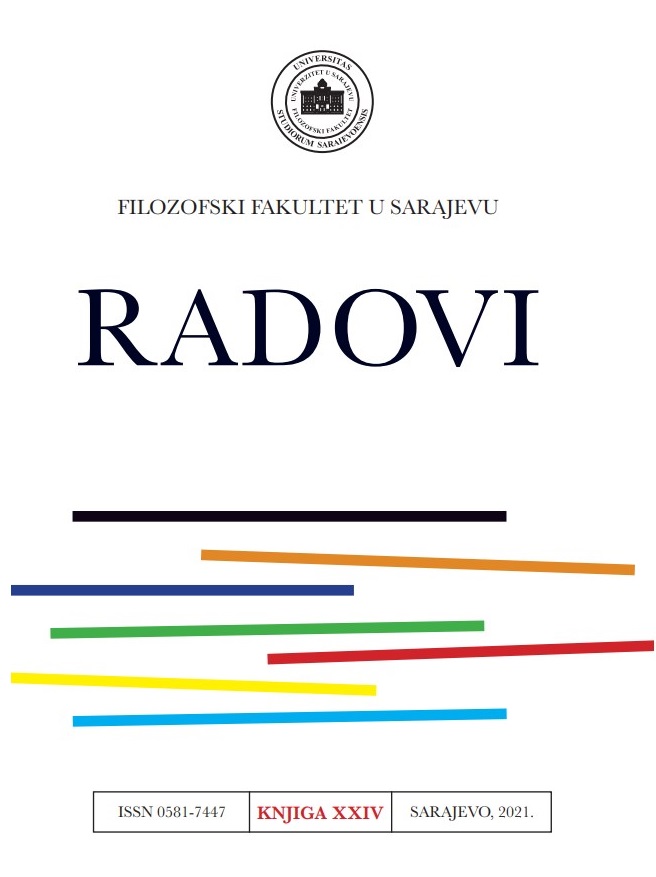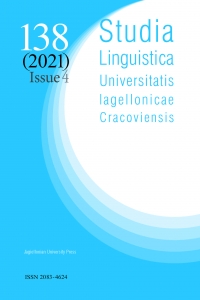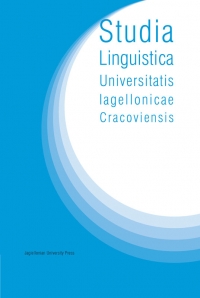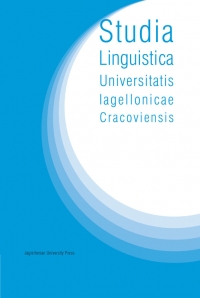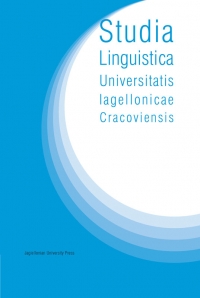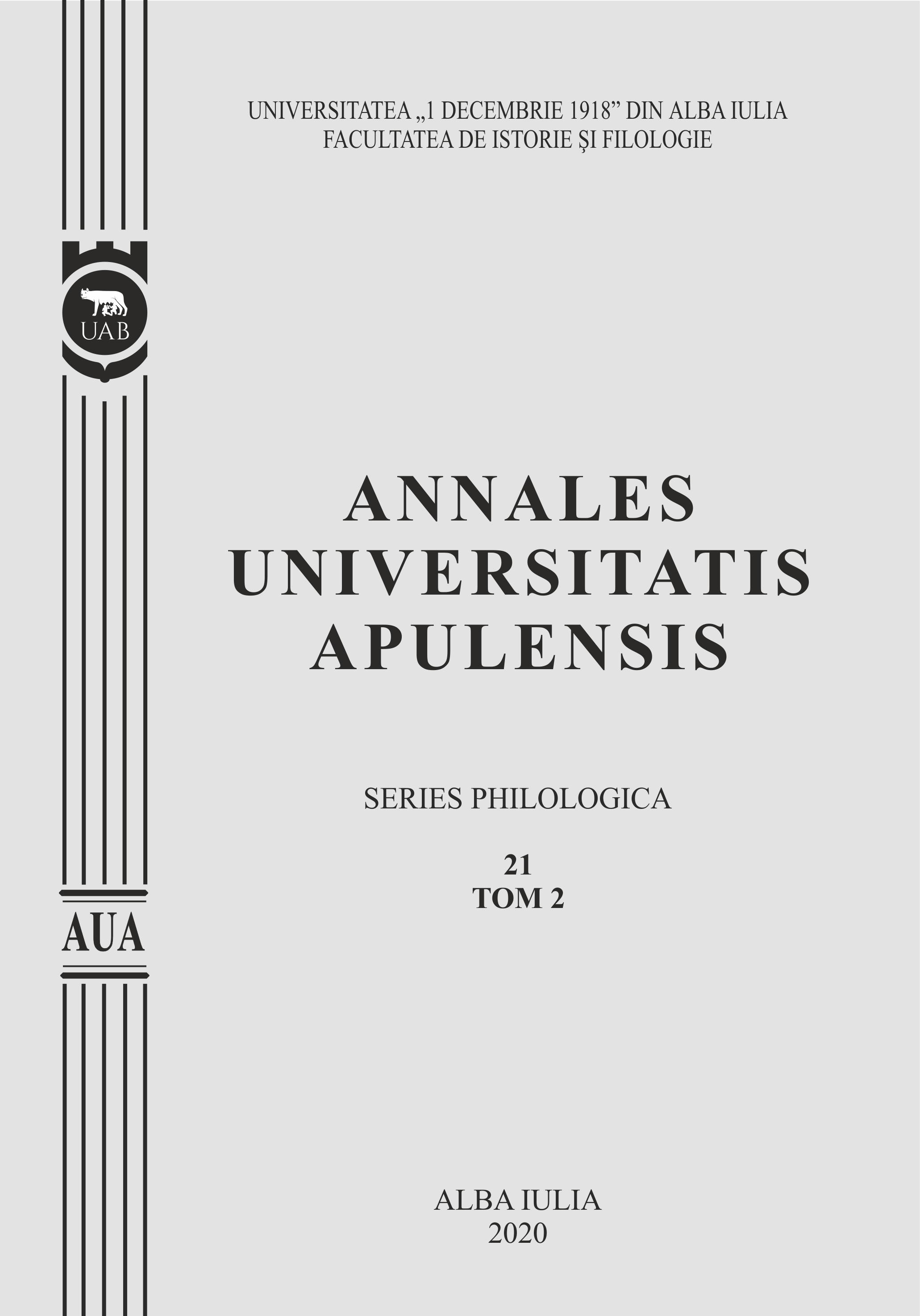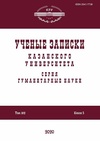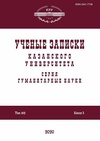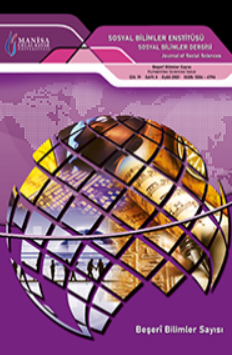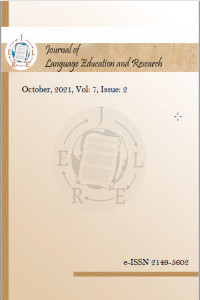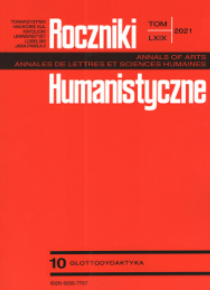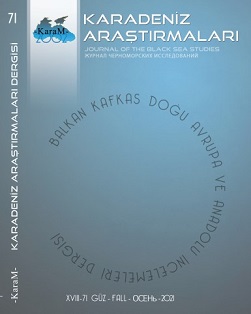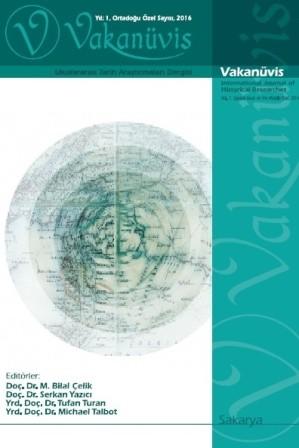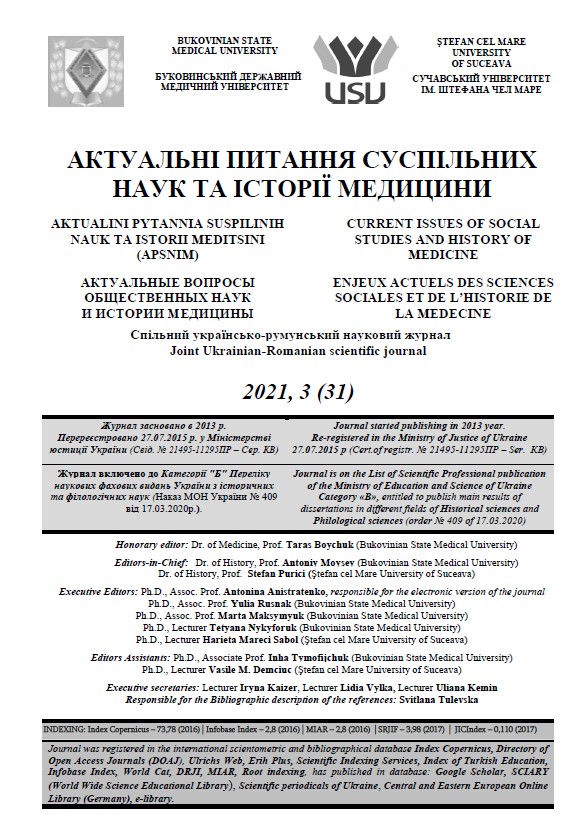Author(s): Orhun Büyükkarcı / Language(s): Turkish
Issue: Spec. Iss./2021
Orkhon Inscriptions are the most important texts that belong to Turks. The aim of this study is to present a semiotic approach to the Orkhon Inscriptions. It is thought that such an approach to the Orkhon Inscriptions, on which numerous studies have been made since its emergence, will be important for semiotics, narratology, and history science, as it will draw attention to the narrative, semantic and syntactic aspects of the texts. Since semiotics can be applied to many different disciplines, in this study, the analysis tools of literary semiotics, which Algirdas Julien Greimas has gradually created since the 1960s, have been utilized. In the first part of the study, there are explanations about the object of study, the limitations of the semiotic method, its usefulness, and why it was chosen. In the second part, a temporal ordering of the narratives in the Orkhon Inscriptions has been made, and the fundamental transformations of the Turkish Nation have been visualized through the semiotic square. Then, the roles of the rulers and other narrative elements, who entered the struggle to re-establish the state with the example of the actor, have been visualized and structurally classified according to their functions with the help of the actantial schema. In the conclusion part of the study, the semiotic values of the Turkish Nation observed within the transition from non-existence to existence, and the recurring structural relations between narrative elements have been discussed and elucidated considering the Turks and their rulers.
More...
